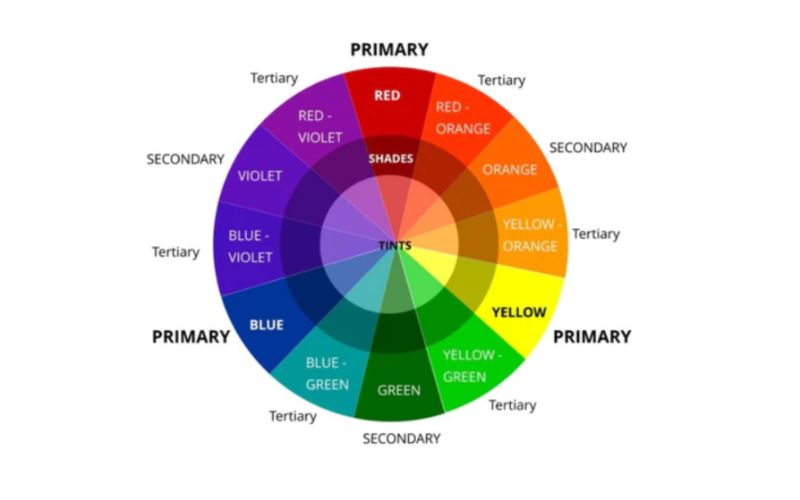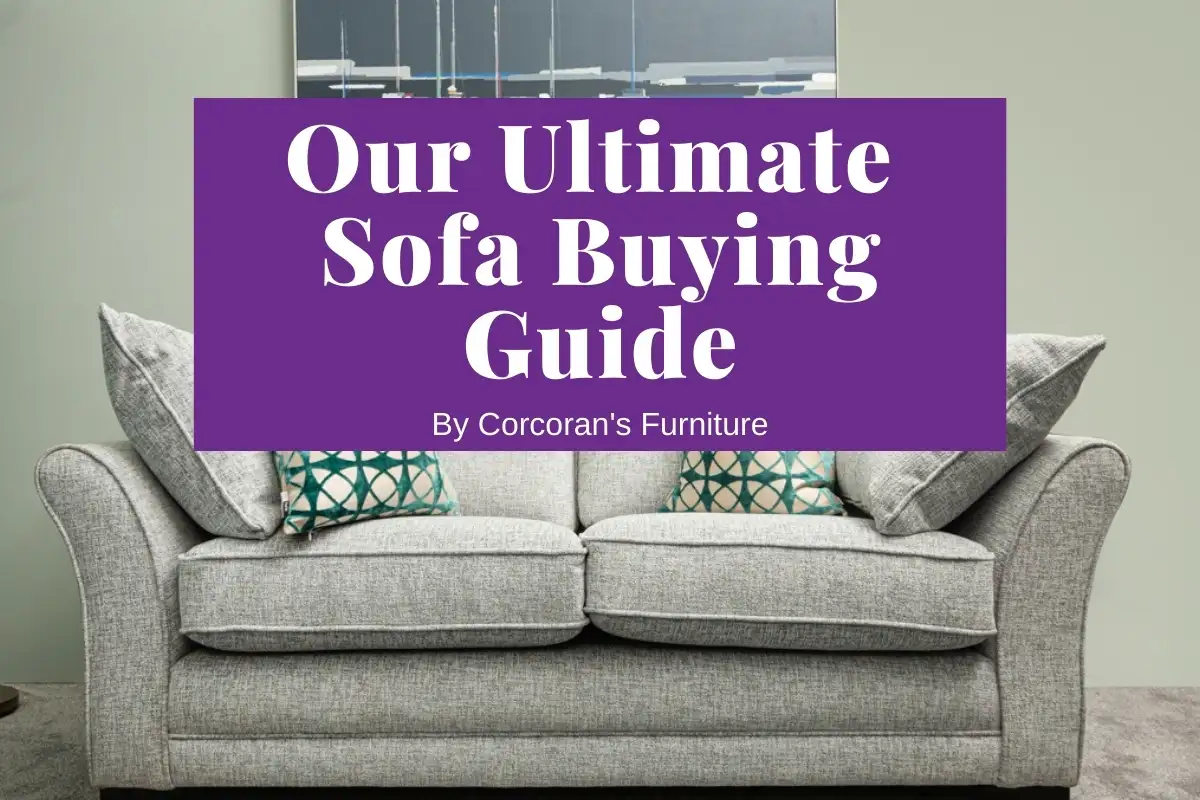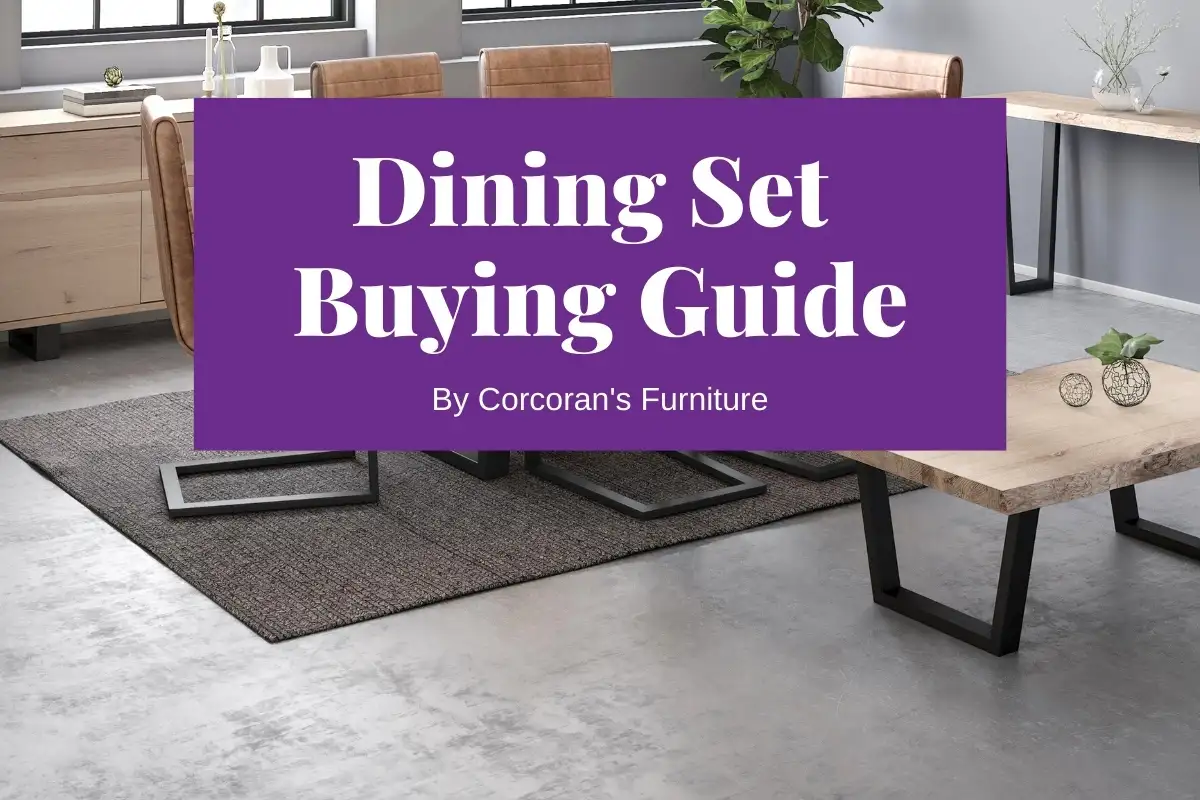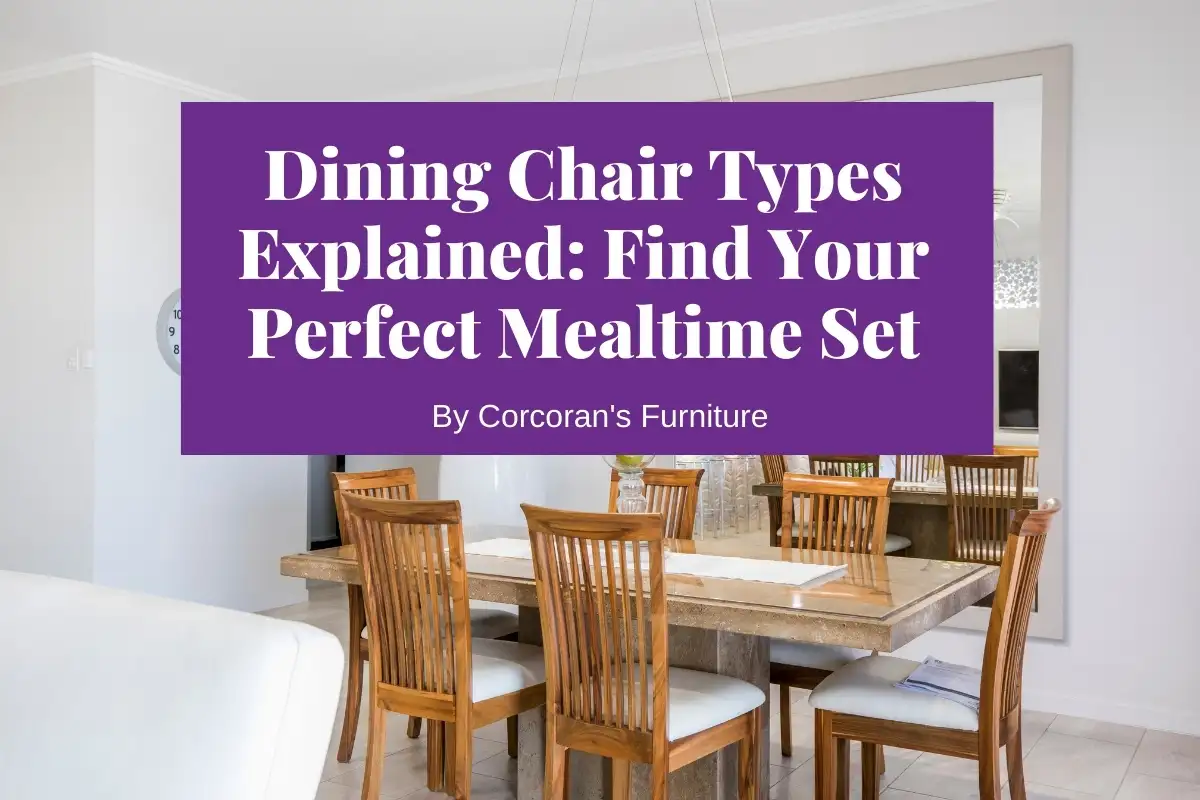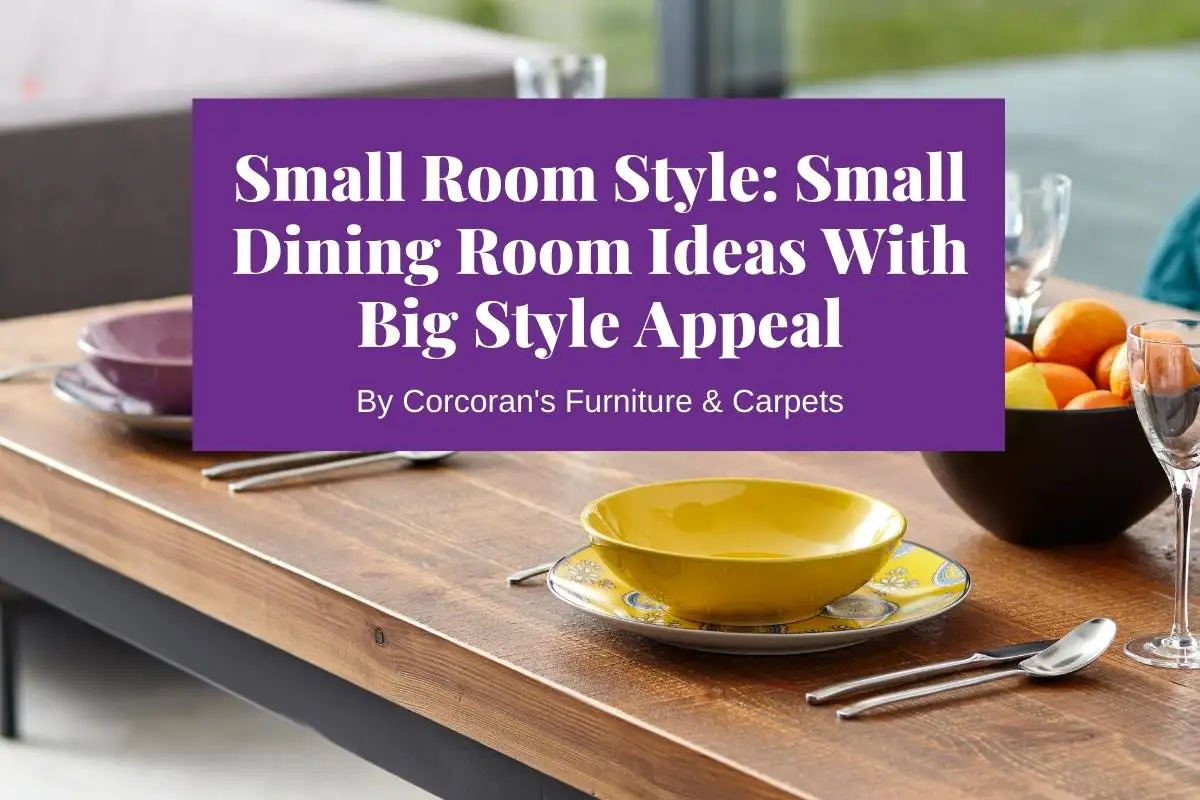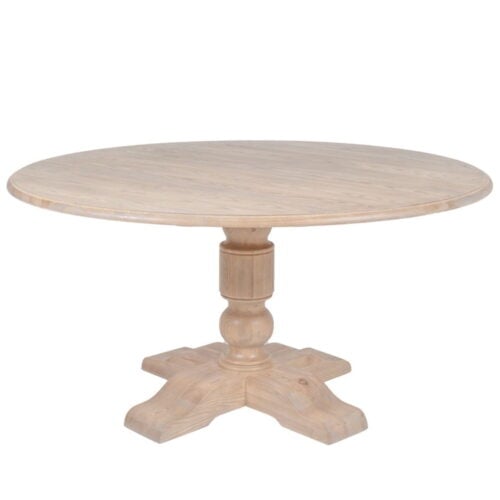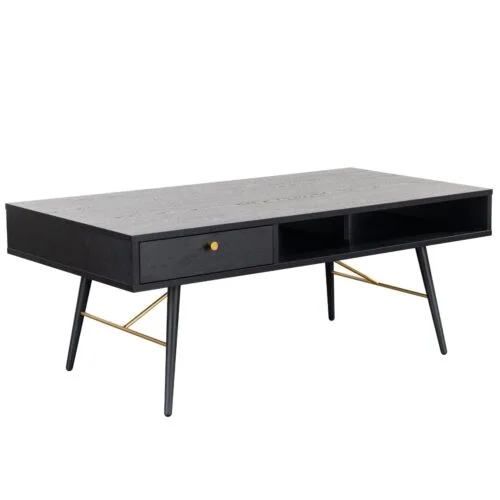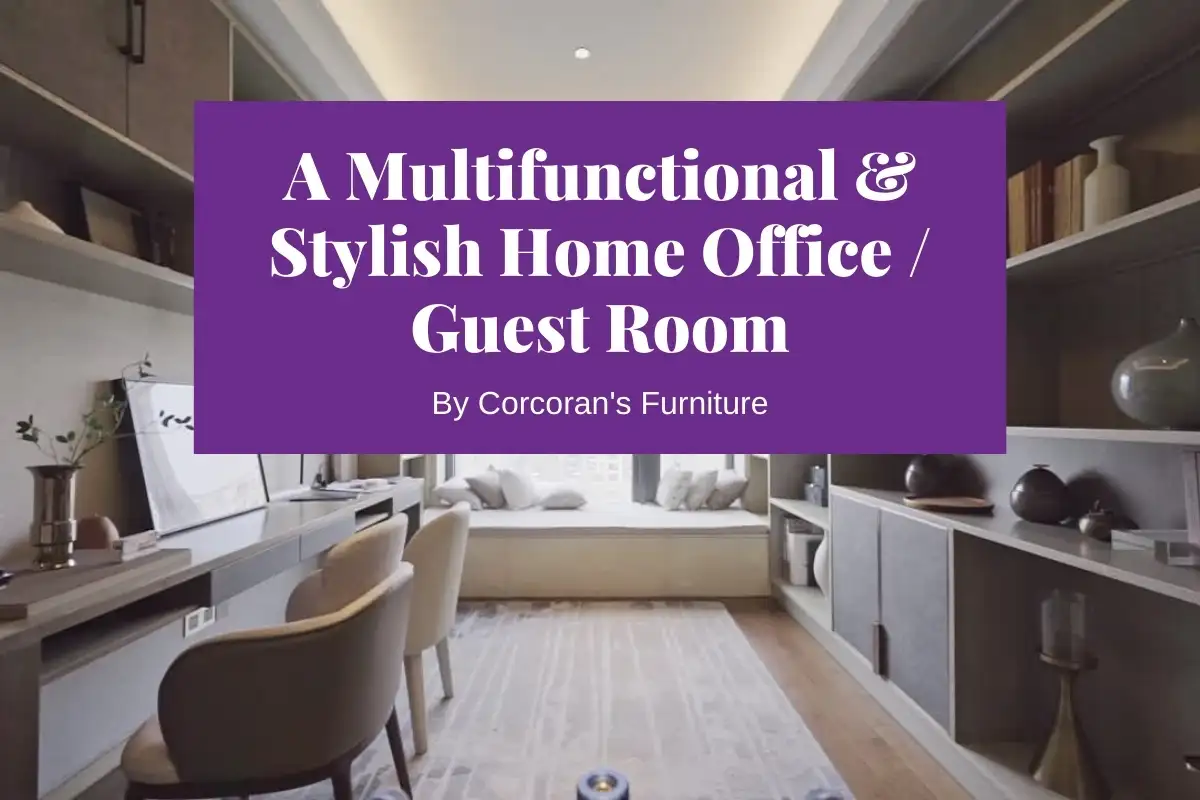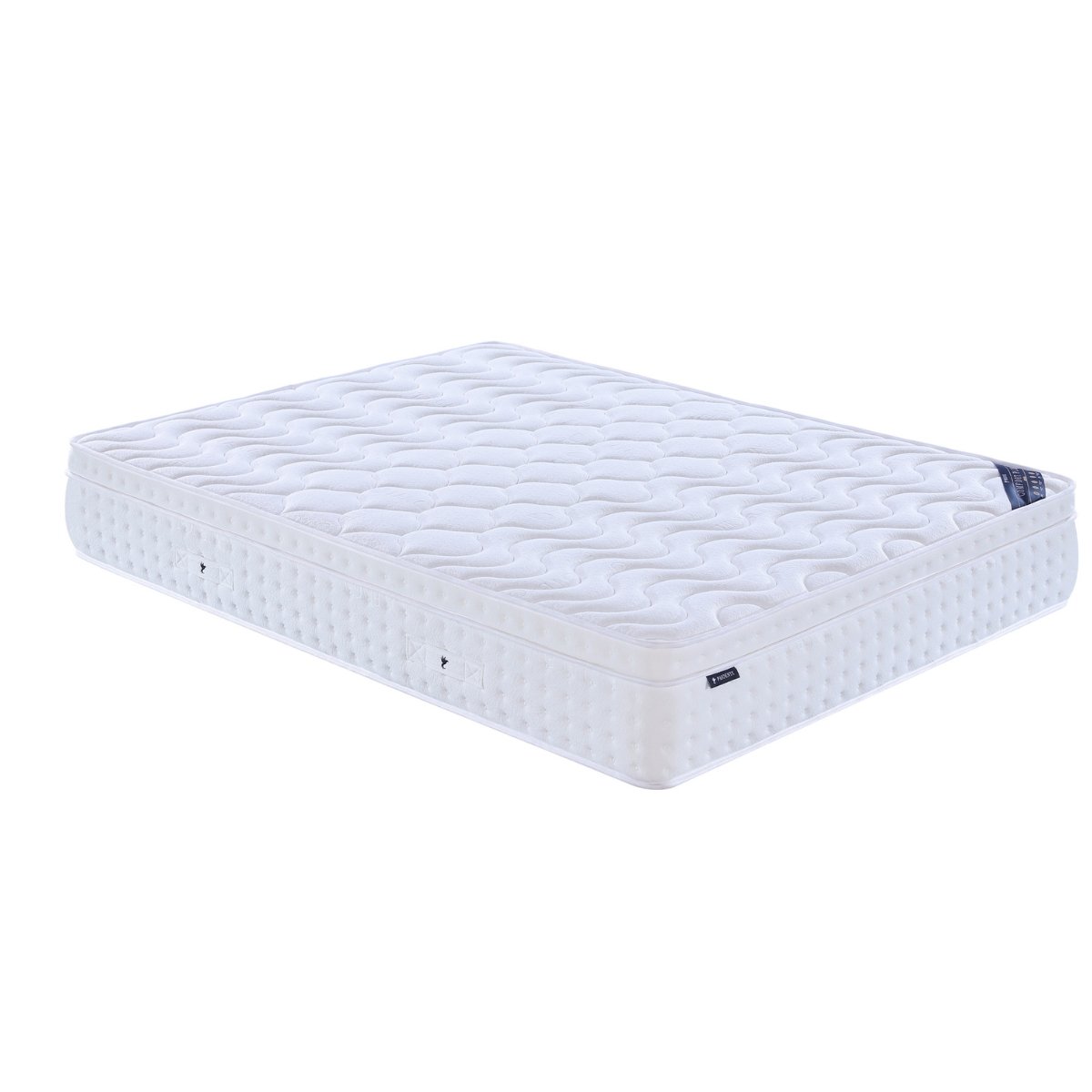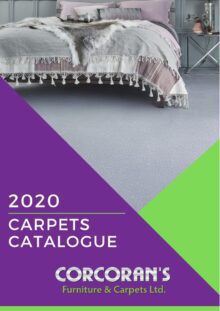Interior Design Colour Theory
Everyone loves a neutral colour palette. There’s a reason all-white everything is a popular decorating aesthetic everywhere, from interior design television shows to Instagram #inspiration hashtags. When you’re working with neutrals, everything coordinates with ease.
But experts say that this crisp, clean look is falling out of favour with many home design enthusiasts and that bright, bold colours are back in style.
Now, if you love the all-white look for your kitchen, bedroom, or anywhere else in your home, it doesn’t matter what ‘the experts’ say is on-trend. Your house should be a space that’s suited to you, not to social media or magazine photoshoots. But if you’re curious about colour, it might be time to add some brighter hues back into your interiors.
When thinking about colours for your design strategy, using colour theory is a great way to decide which colours to include, which hues go well together, and more. Read on for our guide to colour theory basics that you can use to bring gorgeous hues to your home.
Begin with basics: the colour wheel
Everything begins with the colour wheel. There are three types of colours on this wheel: primary, secondary, and tertiary. The primary colours are the three colours that cannot be created from other colours—red, yellow, and blue.
Combine any two of these colours and get the secondary colours (red + yellow = orange, blue + red = purple, yellow + blue = green). And the tertiary colours are the secondary colours + one of the primary colours: red-orange, yellow-orange, yellow-green, blue-green, blue-purple, and red-purple.
We know that’s a lot to take in, so let’s focus on how we can use this to choose the perfect paint and furniture colours for your home. Start by choosing one colour that really catches your eye.
Whether you’re going all out and changing up the colour of your walls, or going for a neutral overall theme with a bold pop of colour from a sofa or bed, you can base your room’s look around this colour and choose accents according to colour theory.
